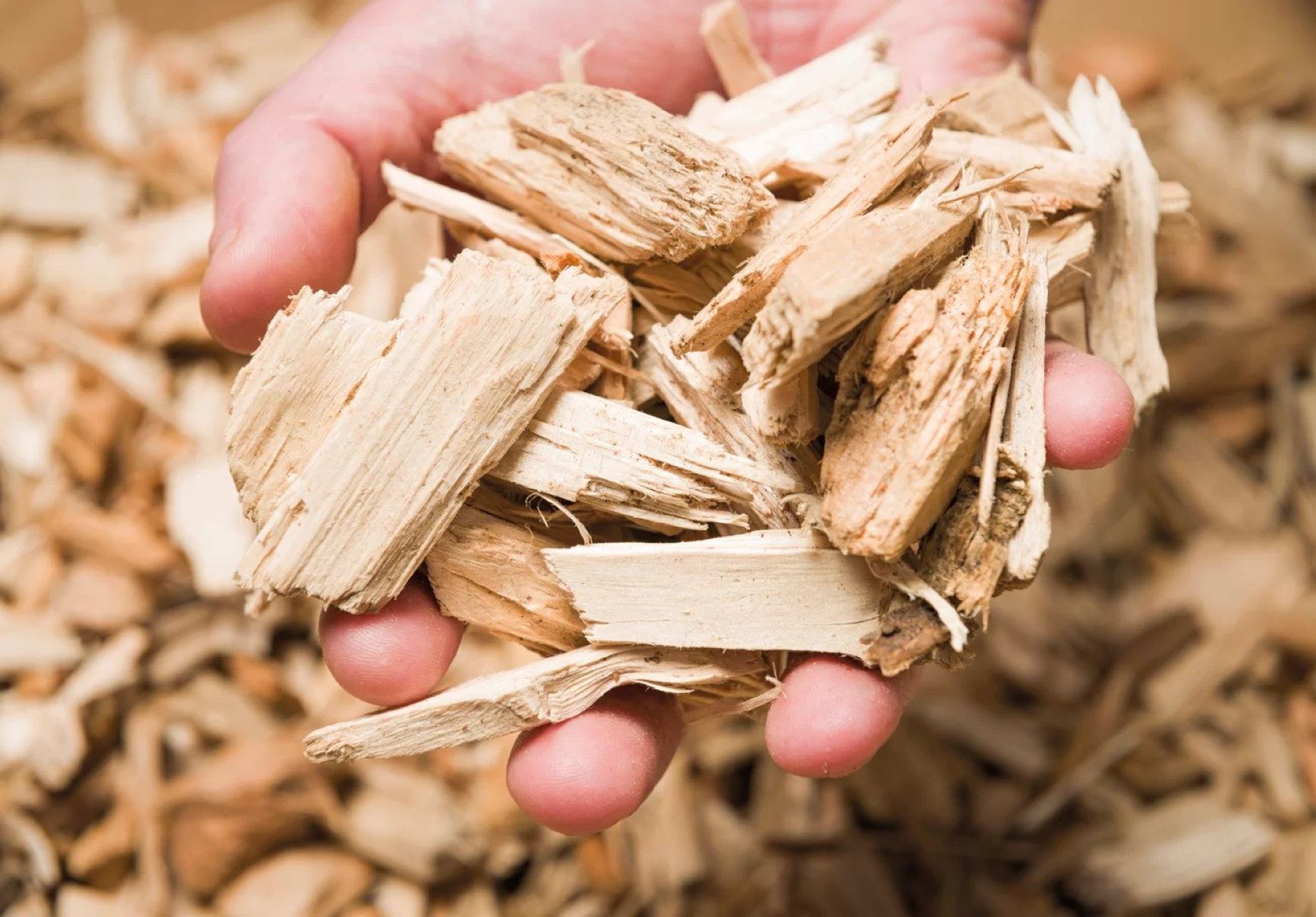

Articles
How To Store Wood Chips
Modified: December 7, 2023
Discover the best way to store wood chips with our informative articles. Learn essential tips and techniques to maintain the freshness and quality of your wood chips.
(Many of the links in this article redirect to a specific reviewed product. Your purchase of these products through affiliate links helps to generate commission for Storables.com, at no extra cost. Learn more)
Introduction
Wood chips are a valuable resource used for various purposes such as gardening, landscaping, and fuel. Whether you’re a homeowner with a small garden or a professional arborist with a large quantity of wood chips, proper storage is essential to maintain their quality and usability over time. Storing wood chips correctly ensures that they retain their moisture content, prevent mold and pests, and remain in optimal condition for future use.
In this article, we will explore the importance of proper wood chip storage and provide you with practical tips to help you effectively store and maintain your wood chips. Whether you plan to use them for mulching, composting, or as biomass fuel, following these guidelines will ensure that your wood chips are ready whenever you need them.
Key Takeaways:
- Proper storage of wood chips is essential to maintain quality, prevent pests and mold, and ensure optimal usability for gardening, landscaping, and biomass fuel needs.
- Choosing the right location, preparing the storage area, building a wood chip pile, and monitoring moisture levels are crucial steps for effective wood chip storage.
Read more: How To Fix A Chip In Wood Floor
Importance of Proper Storage
Proper storage of wood chips is crucial for maintaining their quality and usability. When wood chips are stored incorrectly, they can become susceptible to moisture, pests, and mold, which can render them unusable or decrease their effectiveness. Furthermore, improper storage can result in the loss of valuable resources and waste precious time and effort.
One of the primary reasons for storing wood chips properly is to preserve their moisture content. Wood chips that are exposed to the elements, such as rain or excessive sunlight, can quickly dry out, leading to decreased effectiveness as a moisture-retaining mulch or composting material. Conversely, excessive moisture can lead to the growth of mold, which can be harmful to plants and humans alike.
Additionally, proper storage helps prevent the invasion of pests. Uncovered wood chip piles can attract insects, rodents, and other critters, which can not only damage the wood chips but also spread pest infestations to surrounding areas. By storing wood chips in a controlled and protected environment, you can minimize the risk of pest-related issues.
Furthermore, the quality of stored wood chips can significantly impact their usability. When wood chips are stored haphazardly, they can easily become contaminated with debris, rocks, or other unwanted materials. This can be especially problematic if the wood chips are intended for use in landscaping projects or as fuel for biomass energy production. Proper storage ensures that the wood chips remain clean and free from impurities, making them more effective and efficient for their intended purpose.
Lastly, storing wood chips properly allows for better organization and ease of access. Whether you are a professional landscaper or a homeowner, having a designated storage area for your wood chips eliminates the need for constant transportation or searching for a suitable supply. With an organized storage system in place, you can easily access and use the wood chips whenever you need them, saving you time and effort.
Overall, the importance of proper wood chip storage cannot be overstated. By maintaining their moisture content, preventing pests and mold, and preserving their quality, you can ensure that your wood chips are always ready for use, saving you valuable resources and ensuring maximum effectiveness.
Choosing the Right Location
When it comes to storing wood chips, choosing the right location is essential for their long-term preservation. The location should provide optimal conditions to protect the wood chips from the elements and minimize the risk of moisture buildup, pests, and contamination. Here are some factors to consider when selecting the ideal location for storing your wood chips:
- Accessibility: Choose a location that is easily accessible to minimize the effort required to transport the wood chips to and from the storage area. Consider proximity to the sources of wood chips, such as tree trimming operations or wood processing facilities.
- Drainage: Ensure that the chosen location has proper drainage to prevent water accumulation around the wood chip pile. Excess moisture can degrade the quality of the wood chips and promote the growth of mold and fungi.
- Shade: While sunlight is beneficial for drying out the wood chips during the initial curing process, prolonged exposure to direct sunlight can lead to excessive drying and deterioration. Select a location that offers some shade, such as under a tree canopy or a covered structure, to shield the wood chips from intense sunlight.
- Wind protection: Wind can cause the wood chips to scatter, making it difficult to maintain a neat and orderly pile. Choose a location that offers some natural windbreak, such as a fence or a building, or consider using temporary wind barriers like tarps or screens.
- Surface: The surface on which the wood chips are stored should be firm and well-drained. Avoid low-lying areas prone to waterlogging or areas with a steep slope that can cause the wood chips to slide and become disorganized.
- Distance from buildings: If you are storing a large quantity of wood chips, it is important to keep them at a safe distance from buildings or structures to reduce the risk of fire hazards and potential damage from falling branches.
By considering these factors, you can select a suitable location that provides the optimal conditions for storing your wood chips. Remember, the goal is to create a controlled environment that minimizes moisture, pests, and contamination while ensuring easy access for future use.
Preparing the Storage Area
Before you start storing your wood chips, it is important to prepare the storage area to ensure a clean, organized, and efficient space. Proper preparation will not only help maintain the quality of the wood chips but also make it easier to access and use them when needed. Here are some key steps to consider when preparing the storage area:
- Clear the area: Remove any debris, rocks, or other unwanted materials from the storage area. Clearing the area helps prevent contamination of the wood chips and ensures a clean and usable space.
- Level the ground: Ensure that the ground in the storage area is level. Level ground provides stability and prevents the wood chips from shifting or sliding. If the ground is uneven, consider using sand, gravel, or a compacted base to create a level surface.
- Install a barrier: To contain the wood chips and keep them organized, consider installing a barrier such as logs, timbers, or fencing around the perimeter of the storage area. The barrier should be sturdy enough to withstand the weight of the wood chips and prevent them from spilling or spreading.
- Consider weed control: To prevent weed growth within the storage area, you can apply a weed barrier fabric or lay down a layer of cardboard before adding the wood chips. This will help minimize weed intrusion and make maintenance easier.
- Create pathways: If you anticipate needing to access different areas of the wood chip pile, consider creating pathways within the storage area. These pathways can be made by clearing the wood chips in specific areas to provide easy and safe access.
- Organize storage bins or containers: If you prefer a more structured organization system, you can use storage bins or containers to keep different sizes or types of wood chips separate. This allows for easy identification and retrieval when needed.
By taking the time to properly prepare the storage area, you will create a clean, organized, and efficient space for storing your wood chips. This preparation will not only help maintain the quality of the wood chips but also make it easier to access and utilize them for various purposes such as gardening, landscaping, or fuel.
Building a Wood Chip Pile
Building a wood chip pile is a fundamental step in storing wood chips effectively. A well-constructed pile ensures that the wood chips remain stable, allowing for proper airflow and reducing the risk of decay or mold. Here are some tips for building a wood chip pile:
- Start with a base: Begin by creating a solid base for your wood chip pile. This can be done by leveling the ground or using wooden pallets or planks to provide a stable foundation.
- Layer the wood chips: Place the wood chips in layers, starting with a layer of larger-sized chips at the bottom. This helps facilitate airflow and prevents compaction, allowing moisture to evaporate more easily.
- Mix in smaller chips: As you add layers, gradually mix in smaller-sized wood chips. This helps create a more stable pile and encourages uniform drying and decomposition.
- Compact the pile: After adding each layer, use a rake or shovel to lightly compact the pile. This helps prevent excessive settling and maintains an even surface for proper airflow.
- Build in manageable sections: If you have a large quantity of wood chips, consider building the pile in manageable sections. This allows for easier maintenance and facilitates access to specific areas of the pile as needed.
- Water sparingly: In some cases, it may be necessary to water the wood chip pile to maintain proper moisture levels. However, use water sparingly to avoid oversaturation, which can lead to excessive moisture and mold formation.
It is essential to note that the size of the wood chip pile should be appropriate for your needs. Smaller piles are easier to manage and maintain, especially for homeowners, while larger piles may be necessary for professional landscapers or those with extensive gardening projects.
By following these steps and guidelines, you can build a sturdy and well-structured wood chip pile that promotes proper airflow, minimizes moisture retention, and reduces the risk of mold or decay. A well-built pile ensures that your wood chips remain in optimal condition for future use.
Store wood chips in a dry, well-ventilated area to prevent mold and decay. Keep them off the ground and covered with a tarp to protect from moisture.
Read more: How To Make A Wood Chip Path
Covering the Wood Chip Pile
Covering the wood chip pile is a vital step in storing wood chips to protect them from the elements and maintain their quality over time. A well-covered pile helps prevent excessive moisture buildup, minimizes the risk of pests and mold, and ensures that the wood chips retain their moisture content. Here are some tips for effectively covering your wood chip pile:
- Use a tarp or plastic sheet: One of the simplest ways to cover a wood chip pile is by using a tarp or plastic sheet. Choose a durable and waterproof material that is large enough to fully cover the pile with some overhang on the sides.
- Secure the cover: To ensure that the cover remains in place, use weights or tie-downs to secure the edges of the tarp or plastic sheet. This will help prevent wind from blowing away the cover and exposing the wood chips.
- Create a peak or slope: When covering the wood chip pile, it is beneficial to create a peak or slope on the top surface of the pile. This allows rainwater to run off rather than pooling on the cover and potentially saturating the wood chips.
- Check for proper ventilation: While it’s important to protect the wood chips, it’s equally important to ensure proper ventilation. Make sure that the cover allows for some airflow to prevent condensation and mold growth. You can achieve this by leaving gaps or openings along the edges or using breathable covers specifically designed for wood chip storage.
- Inspect and replace the cover when necessary: Regularly inspect the cover for any signs of damage or wear. If the cover becomes torn or deteriorated, replace it promptly to maintain effective protection for the wood chip pile.
It is important to note that covering the wood chip pile is especially crucial during periods of heavy rain, snow, or prolonged high humidity. These weather conditions can lead to excessive moisture absorption, which can promote mold growth and compromise the quality of the wood chips.
By implementing these covering techniques, you can protect your wood chip pile from the elements, maintain the proper moisture balance, and ensure that the wood chips remain in optimal condition for future use.
Monitoring and Maintaining Moisture Levels
Monitoring and maintaining moisture levels is a critical aspect of wood chip storage. Proper moisture management ensures that the wood chips remain effective for their intended use, whether it’s for mulching, composting, or fuel. Here are some tips for effectively monitoring and maintaining moisture levels in your wood chip pile:
- Use a moisture meter: Investing in a moisture meter is a valuable tool for accurately measuring the moisture content of wood chips. This allows you to monitor moisture levels regularly and make any necessary adjustments to maintain the desired range.
- Check moisture levels regularly: Regularly check the moisture levels of your wood chip pile, especially during dry or wet periods. Aim for a moisture content between 40% and 60% for optimal storage. If the wood chips become too dry, they may lose their effectiveness as mulch or compost. If they become too wet, they can promote mold growth and become less suitable for use.
- Water or aerate as needed: If the wood chips become too dry, you can lightly water the pile to increase moisture content. Use a sprinkler or spray bottle to evenly distribute water throughout the pile. On the other hand, if the wood chips become too wet, you can aerate the pile by turning it over or using a pitchfork to promote drying.
- Avoid overwatering: While maintaining proper moisture levels is crucial, it’s important to avoid overwatering. Excessive moisture can lead to the breakdown of organic matter, unpleasant odors, and increased risk of mold or fungal growth. Water your wood chip pile sparingly, ensuring that it stays within the desired moisture range without becoming saturated.
- Keep an eye on weather conditions: Weather conditions can have a significant impact on moisture levels in your wood chip pile. During periods of heavy rain or high humidity, it’s important to closely monitor moisture levels and take appropriate actions to prevent excessive moisture buildup.
Proper moisture management is key to ensuring that your wood chip pile remains in optimal condition. By regularly monitoring moisture levels and making necessary adjustments, you can maintain the quality and usability of your wood chips for their intended purpose.
Remember, different applications may require different moisture levels. For example, wood chips used for mulching may benefit from slightly higher moisture content, while wood chips used for biomass fuel may require a lower moisture content to maximize energy output.
Preventing Pests and Mold
Preventing pests and mold is crucial for maintaining the quality and usability of your wood chips during storage. Pests such as insects and rodents can cause damage to the wood chips and spread infestations to other areas. Mold growth not only compromises the effectiveness of the wood chips but can also pose health risks. Here are some tips for effectively preventing pests and mold in your wood chip pile:
- Choose clean wood chips: Start with clean wood chips that are free of pests, disease, or mold. Using wood chips from reputable sources reduces the risk of introducing unwanted organisms into your storage area.
- Avoid contaminated materials: Do not mix contaminated materials such as diseased wood or wood with moldy bark with your wood chip pile. These materials can contribute to the spread of pests and mold throughout the pile.
- Properly cover the pile: As mentioned earlier, covering your wood chip pile with a tarp or plastic sheet helps prevent pests from accessing the pile and inhibits the growth of mold. Ensure that the cover is secure and provides adequate protection against pests and moisture.
- Regularly inspect for pests: Routinely inspect your wood chip pile for any signs of pests or pest damage. Look for tunnels, burrows, or chew marks in the wood chips. If pests are detected, take prompt action to identify and eradicate them.
- Monitor for mold growth: Keep an eye out for any signs of mold growth on the wood chips. Mold appears as a fuzzy or powdery substance and often has a musty odor. If mold is noticed, remove the affected wood chips and take preventive measures to reduce moisture levels and improve ventilation in the pile.
- Utilize biological controls: Consider introducing natural predators or beneficial organisms to help control pests in your wood chip pile. For example, nematodes or predatory insects can help reduce populations of harmful pests without the need for chemical treatments.
- Maintain proper moisture levels: As mentioned earlier, maintaining proper moisture levels is crucial for preventing mold growth. By monitoring and adjusting moisture levels, you can discourage mold development and create an environment unfavorable for mold spores.
- Regularly turn the pile: Turning the wood chip pile periodically helps disrupt pest habitats and promote airflow, discouraging pest infestations and mold growth. Use a pitchfork or shovel to carefully turn the pile, ensuring that all areas are exposed to air and sunlight.
- Practice good sanitation: Proper sanitation practices can help prevent pest infestations. Keep the storage area clean and free of debris, food sources, and potential hiding spots for pests.
By implementing these preventive measures, you can significantly reduce the risk of pests and mold in your wood chip pile. Regular inspection, proper covering, maintenance of moisture levels, and good sanitation practices are key to maintaining the quality and usability of your wood chips throughout storage.
Using Stored Wood Chips Appropriately
Once you’ve successfully stored your wood chips, it’s important to understand how to use them appropriately for their intended purposes. Whether you plan to use them for mulching, composting, or fuel, following these guidelines will ensure that you maximize their effectiveness and benefits:
- Mulching: Wood chips make an excellent mulch for gardens, flower beds, and landscapes. When using wood chips as mulch, apply a layer that is around 2 to 4 inches thick. This helps suppress weed growth, retain soil moisture, and regulate soil temperature.
- Composting: Wood chips can be a valuable addition to compost piles. They provide carbon-rich material that balances out the nitrogen-rich components such as food scraps or grass clippings. Mix wood chips into the compost pile to improve aeration, promote decomposition, and create nutrient-rich compost.
- Biomass fuel: If you plan to use wood chips as biomass fuel, it’s essential to ensure they have the appropriate moisture content. For efficient combustion, wood chips should have a moisture content of around 20-30%. Allow the wood chips to dry thoroughly before using them as fuel and regularly check moisture levels to maintain optimal combustion efficiency.
- Garden pathways: Wood chips can also be utilized as a pathway material in gardens or walkways. Spread wood chips in a thick layer to create a comfortable walking surface while suppressing weed growth. Maintain the pathway by periodically replenishing wood chips as needed.
- Soil improvement: Incorporate wood chips into the soil to improve its structure, water retention, and nutrient-holding capacity. Mix wood chips into the top layers of soil, allowing them to break down gradually and enrich the soil over time.
- Plant beds and tree mulching: Create mulch beds around trees, shrubs, and new plantings using wood chips. Apply a layer of wood chips, keeping them a few inches away from plant stems to prevent rot. This helps conserve soil moisture, suppress weeds, and protect the roots from temperature fluctuations.
Remember that wood chips will break down over time, so it’s important to replenish them periodically. Assess their condition and effectiveness regularly to ensure they are still providing the desired benefits for your specific application.
By utilizing your stored wood chips appropriately for various purposes, you can make the most out of this valuable resource and enjoy the many benefits they provide to your garden, landscaping, composting, or biomass fuel needs.
Read more: How To Fix Chipped Wood On Furniture
Conclusion
Proper storage of wood chips is crucial for maintaining their quality, usability, and effectiveness. By following the guidelines outlined in this article, you can ensure that your wood chips are stored in a way that minimizes moisture buildup, prevents pests and mold infestations, and maintains optimal condition for future use.
Choosing the right location for your wood chip storage area is the first step. Consider accessibility, drainage, shade, wind protection, and the surface when selecting the ideal location. Once you have chosen the right location, prepare the storage area by clearing debris, leveling the ground, installing barriers, and creating pathways.
Building a wood chip pile involves layering the chips, compacting the pile, and creating manageable sections. Covering the pile with a tarp or plastic sheet is essential to protect it from the elements while still allowing for proper airflow and ventilation.
Monitoring and maintaining moisture levels is key to preserving the quality of your wood chips. Regularly check the moisture content, water or aerate when necessary, and be mindful of weather conditions that may affect moisture levels.
Preventing pests and mold requires choosing clean wood chips, proper covering, inspection, and sanitation practices. Avoiding contaminated materials and utilizing biological controls can also help keep pests and mold at bay.
Finally, using your stored wood chips appropriately for mulching, composting, biomass fuel, garden pathways, and soil improvement will maximize their benefits and ensure efficient utilization.
In conclusion, by implementing these storage and maintenance techniques, you can preserve the quality of your wood chips, reduce waste, and have a readily available resource for your gardening, landscaping, and biomass fuel needs. Proper storage ensures that your wood chips are always in optimal condition and ready to be put to good use.
Frequently Asked Questions about How To Store Wood Chips
Was this page helpful?
At Storables.com, we guarantee accurate and reliable information. Our content, validated by Expert Board Contributors, is crafted following stringent Editorial Policies. We're committed to providing you with well-researched, expert-backed insights for all your informational needs.
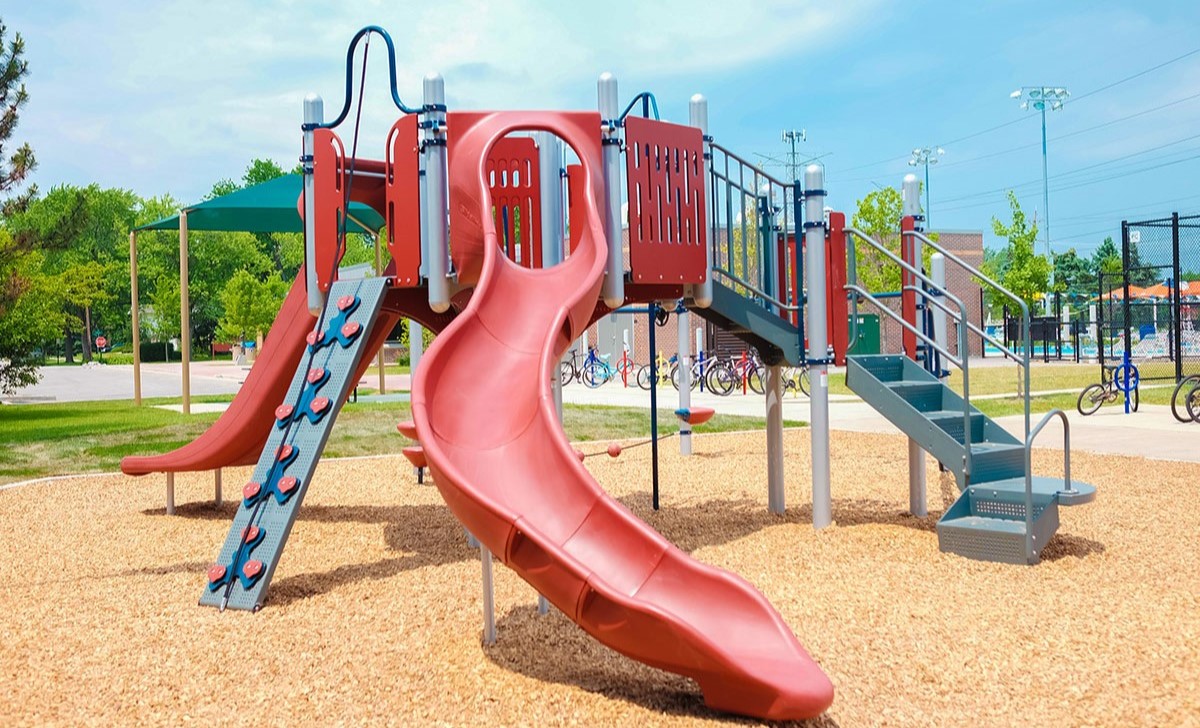
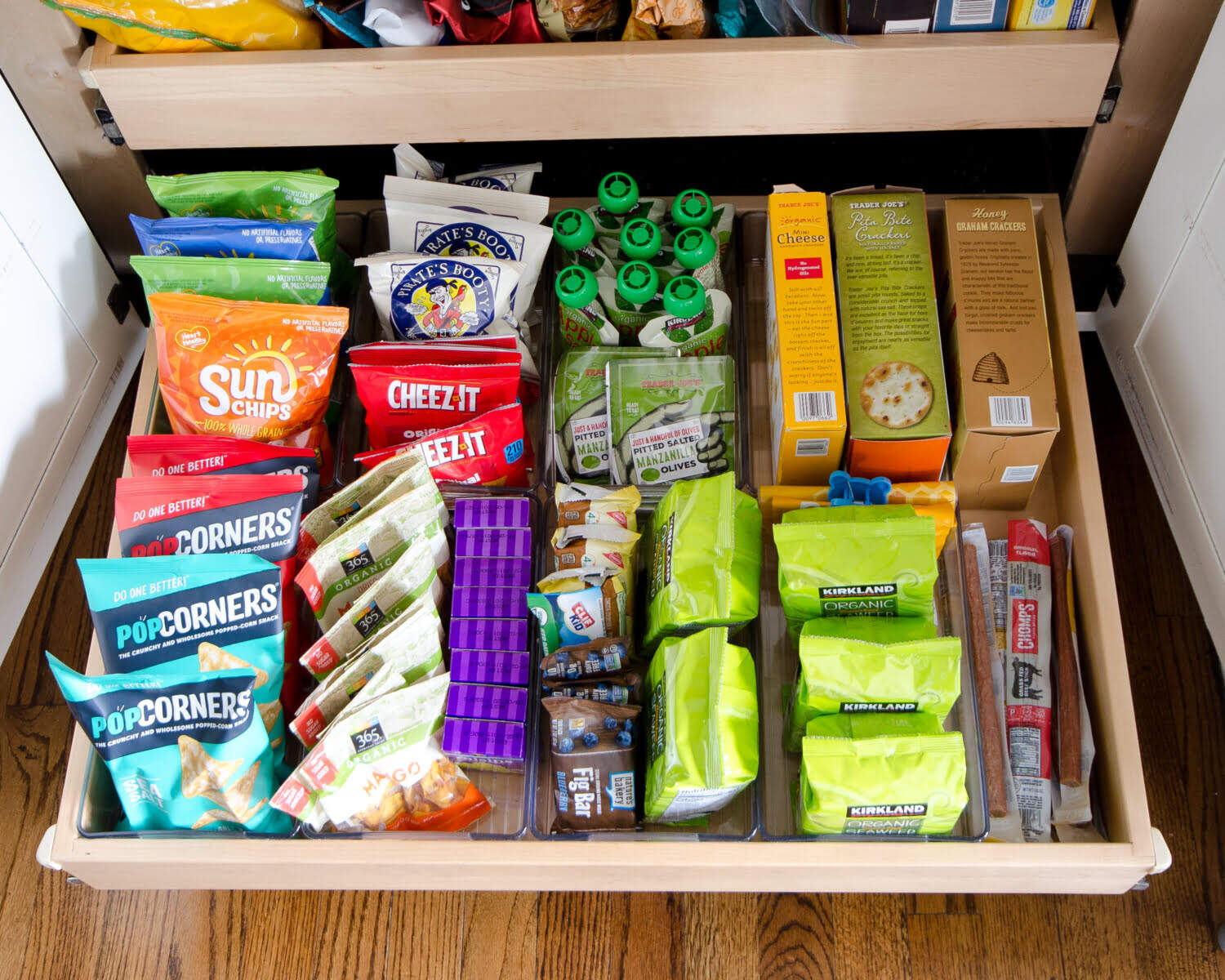



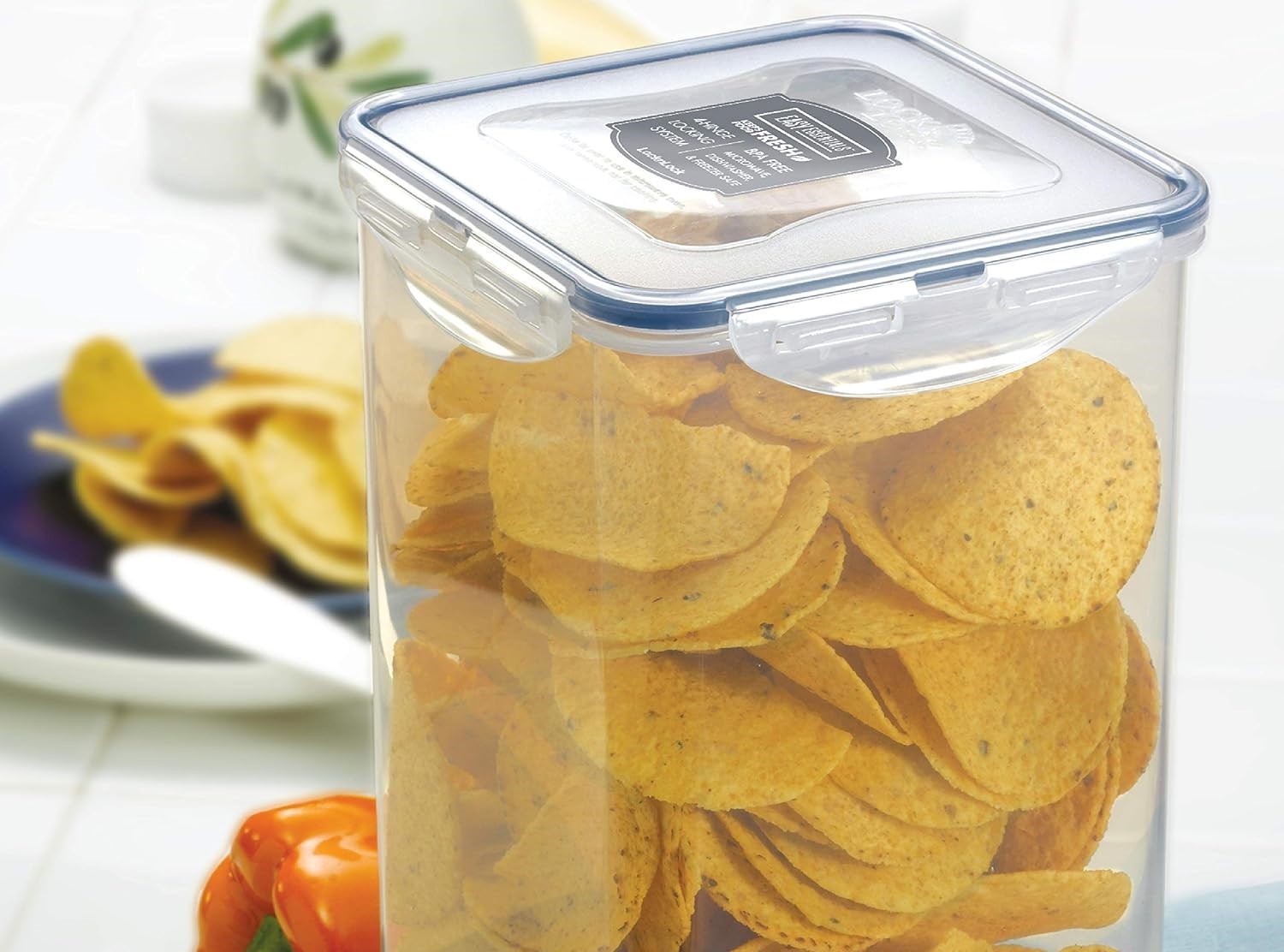

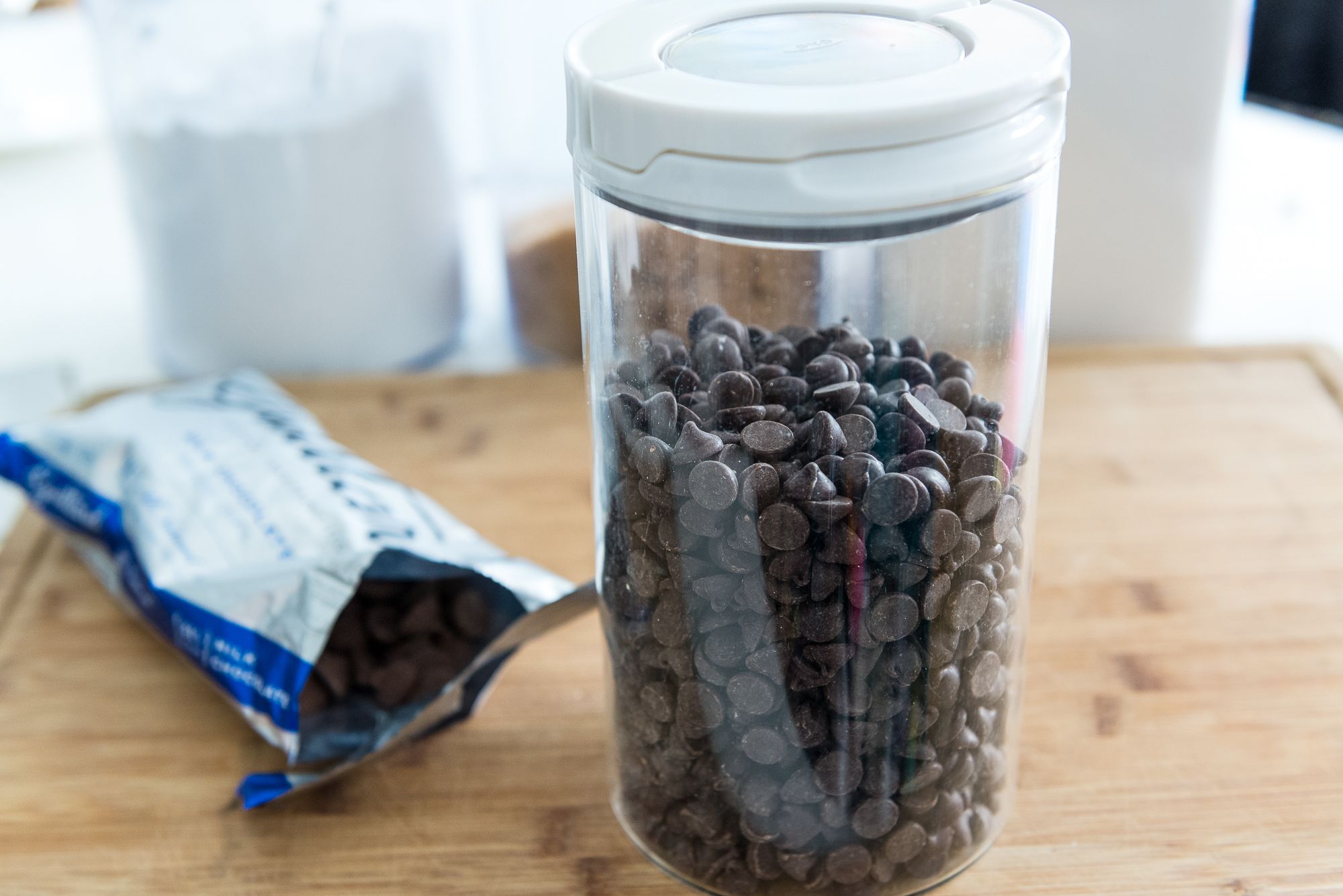
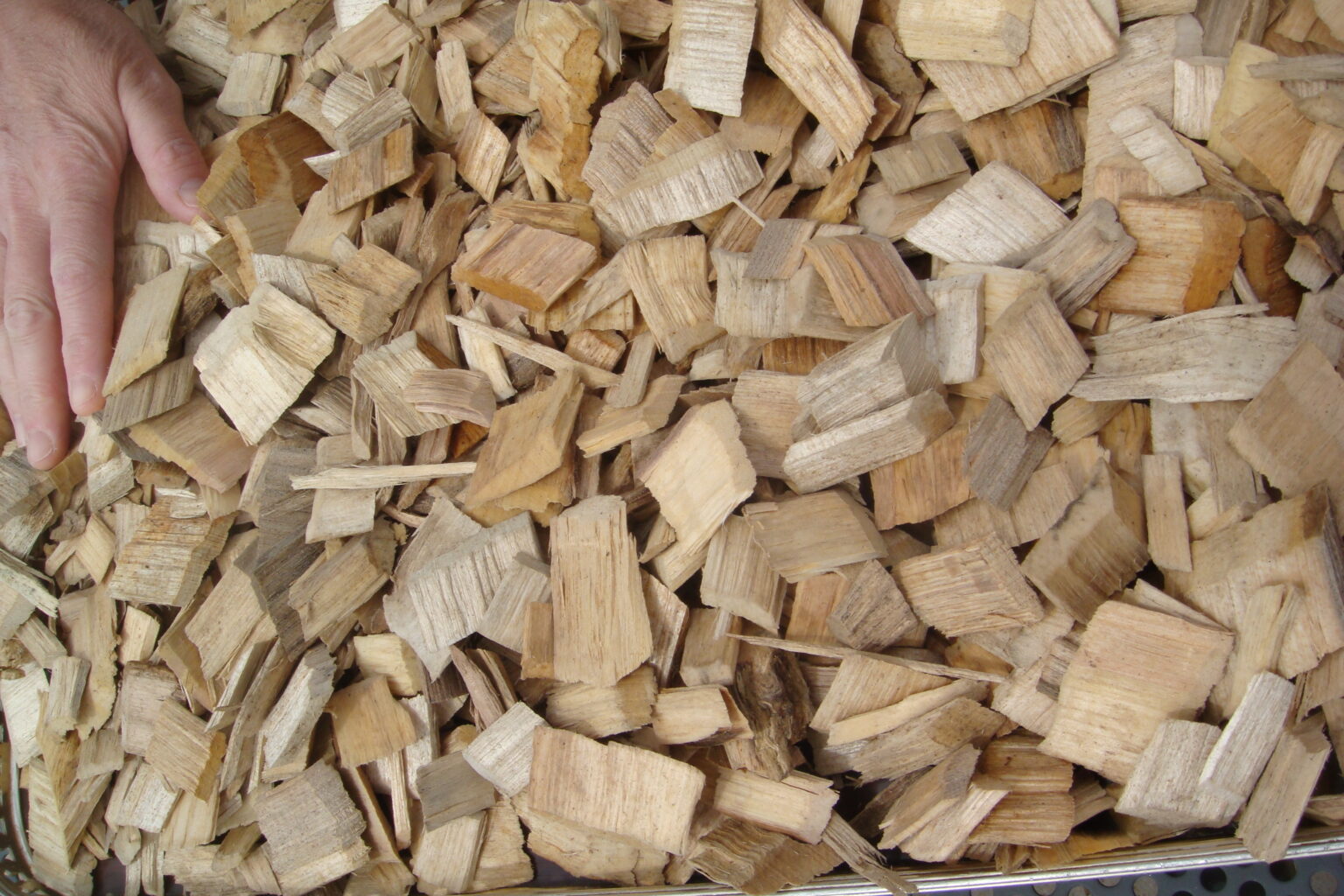





0 thoughts on “How To Store Wood Chips”